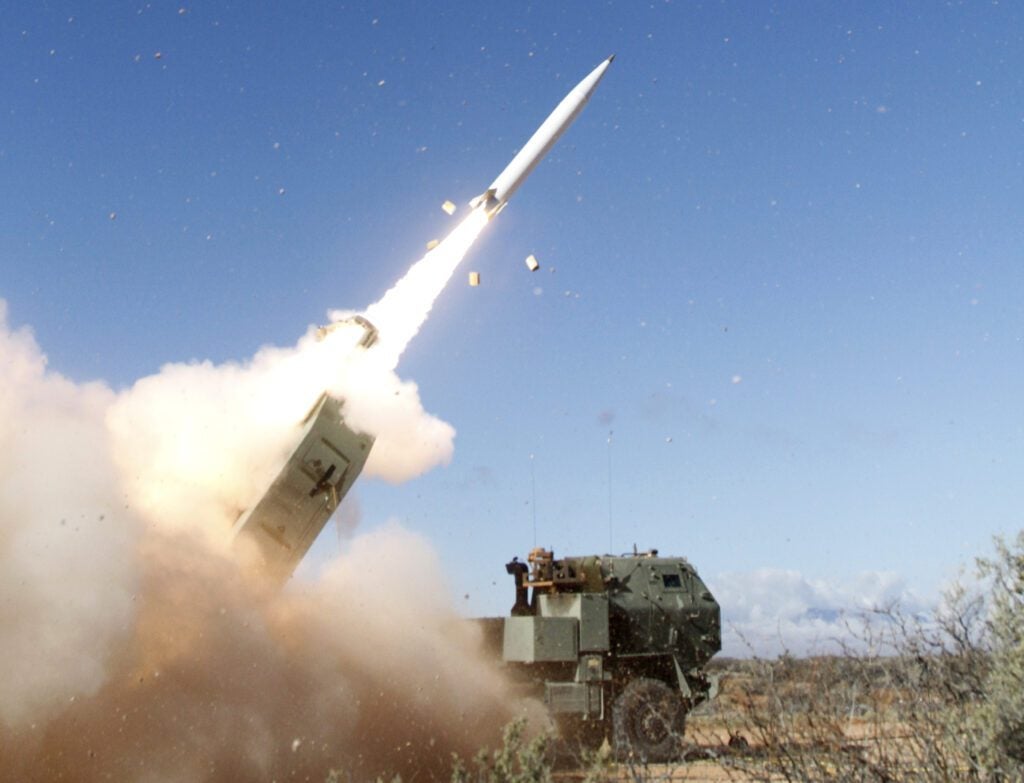US Army Tests Multi-mode Seeker for PrSM Used to Hunt Enemy Radars
On 3 June the US Army tested a new multi-mode seeker for the in-development Precision Strike Missile (PrSM). This seeker adds a revolutionary capability to Army long-range fires allowing them to participate in the joint fight against hostile integrated air defense systems (IADS) as well as warships. To achieve this the seeker uses a passive radio sensor like that on an anti-radiation missile (ARM) which allows it to track enemy radars by listening to their emissions. For terminal guidance, an imaging infrared (IIR) sensor is included which also enables the missile to track targets that have turned off their emitters. This seeker upgrade is known as Spiral One and is intended to enter service in 2025, two years after baseline PrSM reach early capability in 2023. The test was conducted by mounting the sensor aboard an aircraft to test the sensor’s capabilities, particularly at high altitudes. With a baseline range of 500 km and an upgraded range of 800 km, the missile will be lofted to extreme altitudes at the top of its trajectory allowing a sensitive passive sensor to be very effective.
The test was conducted by mounting the sensor aboard an aircraft to test the sensor’s capabilities, particularly at high altitudes. With a baseline range of 500 km and an upgraded range of 800 km, the missile will be lofted to extreme altitudes at the top of its trajectory allowing a sensitive passive sensor to be very effective.
Ground launching anti-radiation missiles has rarely been done with the only significant example being Israel’s use of Standard ARM and Shrike from ground vehicles during the 70s and 80s. Evidently the system was deficient when facing a mobile enemy since Israeli doctrine shifted instead to using small slow-moving drones leaving ARMs for aircraft. Here it’s key to understand their reasoning for using ground-launched ARMs which is to avoid putting aircraft at risk. Thus emphasis should be put on the weapon’s capability in absence of aerial observers.

While rocket-propelled ARMs have a fast reaction time they are limited by needing to know the location of the enemy prior to launch. Theoretically, it is possible to identify a previously undetected radar mid-flight but the short window of a few minutes makes this difficult. In comparison, the Israeli Harop loitering munition is able to lurk for around six hours. Thus if the objective is pursuing radars independently the loitering solution is preferable.
Thanks to stealth aircraft like RQ-180 and F-35 aerial reconnaissance for the PrSM can be performed without much risk. So while passive RF guided PrSM isn’t ideal as an independent platform it works well within the context of Joint Multi-Domain Operations.

